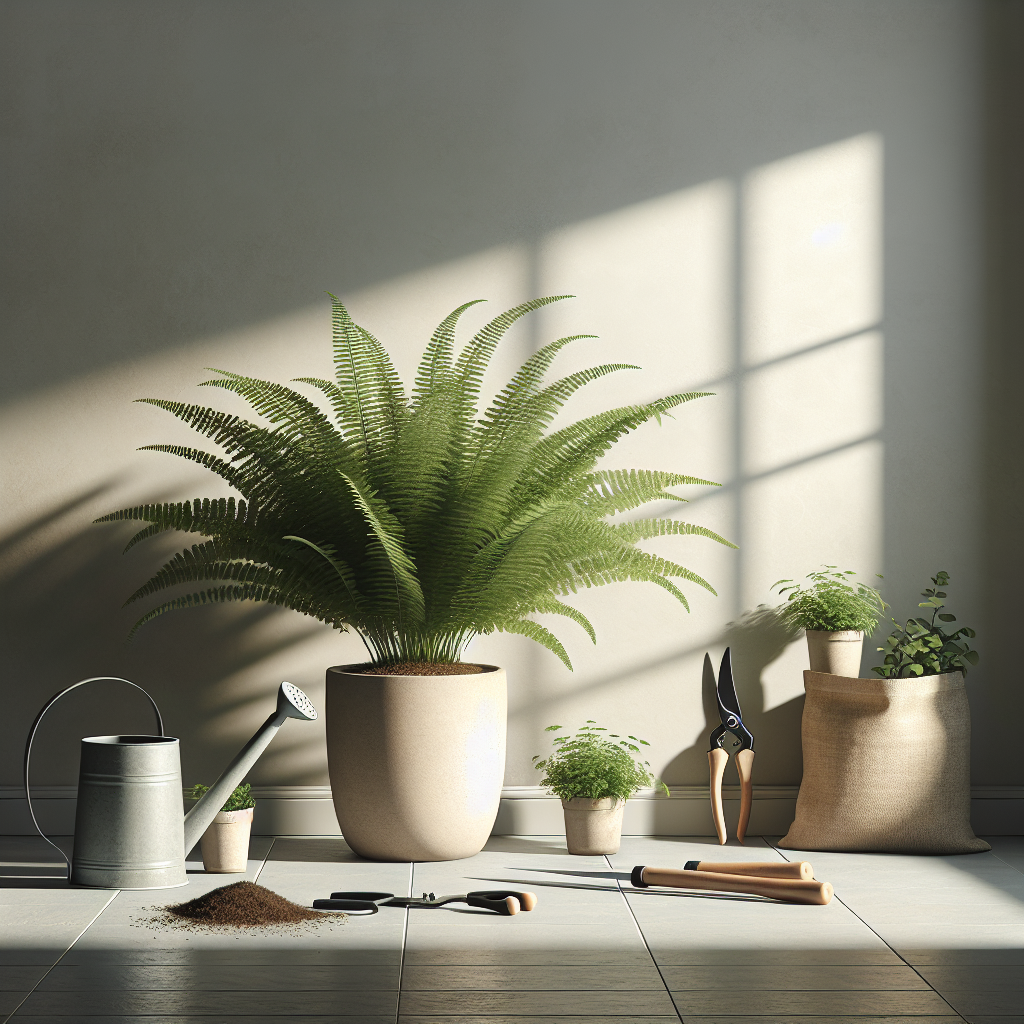Keeping Poinsettias Free from Whitefly Infestations
Updated July 15, 2024 at 2:17 am
Discover effective strategies to protect your cherished poinsettias from the damaging effects of whitefly infestations, ensuring a vibrant and healthy display throughout the holiday season.

Understanding the Poinsettia Whitefly Problem
Before delving into the heart of the matter, it’s pivotal to grasp the gravity of a whitefly infestation on poinsettias. These plant-loving pests, which appear as tiny white specks, can compromise the health of your vibrant holiday blooms.
Identifying Whiteflies on Your Poinsettias
Knowing what to look for is half the battle. Whiteflies are minuscule, moth-like insects that gather on the underside of leaves, feeding on the plant’s sap and leaving behind a sticky residue called honeydew.
Life Cycle and Behavior of Whiteflies
Understanding the life cycle of whiteflies fosters more effective control. These pests progress through egg, nymph, and adult stages rapidly, which can lead to exponential growth in their population if not curtailed.
Preventative Measures for Healthy Poinsettias
To shield your poinsettias from whitefly invasions, integrate practices such as maintaining proper spacing for air circulation and regularly inspecting your plants for early signs of unwanted guests.
Non-Chemical Whitefly Control Strategies
Controlling whiteflies need not involve harsh chemicals. Tactics like introducing natural predators, such as ladybugs, can be surprisingly effective. Another eco-friendly method includes yellow sticky traps, which lure and capture adult flies.
Chemical Control: When and How to Use It
When infestations escalate, chemical intervention might be necessary. It’s critical to opt for products specifically labeled safe for poinsettias. One product that garners positive reviews for its efficacy and poinsettia safety is Bonide’s Systemic House Plant Insect Control.
Product Overview
Bonide’s Systemic House Plant Insect Control provides an internal defense for plants against pests, including whiteflies. Its main active ingredient is Imidacloprid, which targets the insect’s nervous system, rendering it highly effective.
Customer Experiences
Reviews suggest that customers appreciate the easy-to-use granules that can be mixed with soil, negating the need for sprays. It’s hailed for long-lasting protection and is recommended for its gentle formulation that doesn’t harm the plant.
Pros
- Easy application with no spray required
- Targets a broad spectrum of houseplant pests
- Long-lasting effects with one application providing up to 8 weeks of protection
Cons
- Not suitable for use on outdoor plants due to its effect on beneficial insects
- The slow release may not be ideal for immediate infestation control
Find This and More on Amazon
Natural Remedies to Deter Whiteflies
For those seeking organic methods, neem oil stands out. This natural oil, extracted from the seeds of the neem tree, acts as an anti-feeding agent and growth regulator for whiteflies, making it a formidable tool in your arsenal.
Monitoring Your Poinsettias Post-Treatment
Post-treatment vigilance is paramount. Regular checks will help you catch any resurgence in whitefly activity early on, which is essential in preventing another full-blown infestation.
Caring for the Compromised Plant
If your plant has suffered from a whitefly infestation, a rehabilitation period is crucial. Ensure it receives appropriate water, light, and nutrients to regain its former vibrancy, just as you would nurture a snake plant back to health in low light conditions.
Understanding Resistant Poinsettia Varieties
Selecting whitefly-resistant poinsettia varieties can provide a substantial head start in the race against pests. Keep an eye out for breeds that have shown resilience in facing these persistent flyers.
Professional Services for Whitefly Eradication
Sometimes, whitefly invasions require professional interference. In such cases, vetting a pest control service with experience in handling delicate ornamentals like poinsettias is essential.
We can now move on to the next section of our exploration into keeping poinsettias free from whitefly infestations.
Companion Planting to Deter Whiteflies
Incorporating companion plants is an ingenious strategy to ward off whiteflies. Herbs such as marigolds and nasturtium have natural repellent properties that can passively protect your poinsettias.
Adjusting Nutrition and Soil Conditions
Like any living organism, poinsettias require a balanced diet to ward off pests. Ensuring your plant has the correct nutrition can strengthen its natural defenses against whitefly intrusion.
Recognizing and Rectifying Environmental Stresses
Environmental stressors can weaken poinsettias, rendering them more susceptible to pests. Keep an eye out for symptoms like leaf drop or wilting, which could indicate distress necessitating corrective measures.
Implementing Quarantine Measures for New Plants
New additions to your plant collection could introduce whiteflies. So, it’s prudent to quarantine new plants for a period before introducing them to your existing poinsettia setup.
Exploring Biological Control Agents
Beyond ladybugs, other biological control agents like Encarsia formosa, a parasitic wasp, are natural enemies of whiteflies. These tiny warriors can help keep the whitefly population in check.
Employing Insect Growth Regulators (IGRs)
Insect Growth Regulators offer a subtle yet effective tactic for controlling whitefly proliferation. IGRs disrupt the insects life cycle, preventing them from reaching maturity and reproducing.
Making the Most of Pruning Practices
Tactical pruning can be vital in managing whitefly populations. Removing heavily infested leaves can help reduce the number of pests and is crucial during an active outbreak.
We will delve further into keeping your poinsettias free from whiteflies in the next section.
Exploring the Use of Reflective Mulches
Reflective mulches are an innovative approach to deterring whiteflies. The shiny surface disorients the insects, making it difficult for them to land on the plants. In fact, studies have shown effectiveness in reducing whitefly populations with this method.
Strategic Watering to Avoid Whitefly Infestations
Water management plays a critical role in preventing pest colonization. Both under-watering and over-watering can stress your poinsettias, making them more inviting to whiteflies. Aim for consistent soil moisture without waterlogging.
Understanding the Importance of Crop Rotation
Crop rotation isn’t just for farmers; it can also be a useful tool for indoor gardeners. Rotating your poinsettias with other plants can disrupt the life cycle of whiteflies and other pests that may be lingering in the soil or on leftover plant debris.
Keeping Up with the Latest Pest Control Research
Pest control is an ever-evolving field, and staying informed about the latest research can provide new insights into combating whitefly infestations. It’s worth seeking out recent studies and sustainable practices for the newest solutions.
The Role of Good Hygiene in Plant Care
Emphasizing cleanliness can’t be overlooked when it comes to preventing pests. Regularly cleaning your plant area and disposing of fallen leaves and debris will minimize the habitats where whiteflies can thrive.
Professional Grade Pesticides: Are They Worth It?
While professional-grade pesticides promise potent results, they should be used judiciously. It’s important to weigh the potential benefits against the risks, especially when it comes to the environment and non-target species.
Sharing Success Stories and Failures
Learning from others can be incredibly valuable. Engaging in gardening communities online or in-person can offer real-world anecdotes about what’s worked and what hasn’t in the fight against whiteflies.
The Bottom Line on Poinsettia Whitefly Management
Ultimately, the key to keeping your poinsettias free from whiteflies is a combination of vigilance and variety. Employing multiple strategies, staying informed, and taking preemptive actions will provide the best defense against these invasive pests.
Remember, a healthy plant is your best defense against pests. By following these guidelines, you’re positioning your poinsettias to not only survive but thrive, even in the face of pesky whiteflies. With patience and persistence, you can enjoy your vibrant holiday plants unspoiled by unwanted guests.
Shop more on Amazon
Flowers & Plants Team
Flowers & Plants Team



